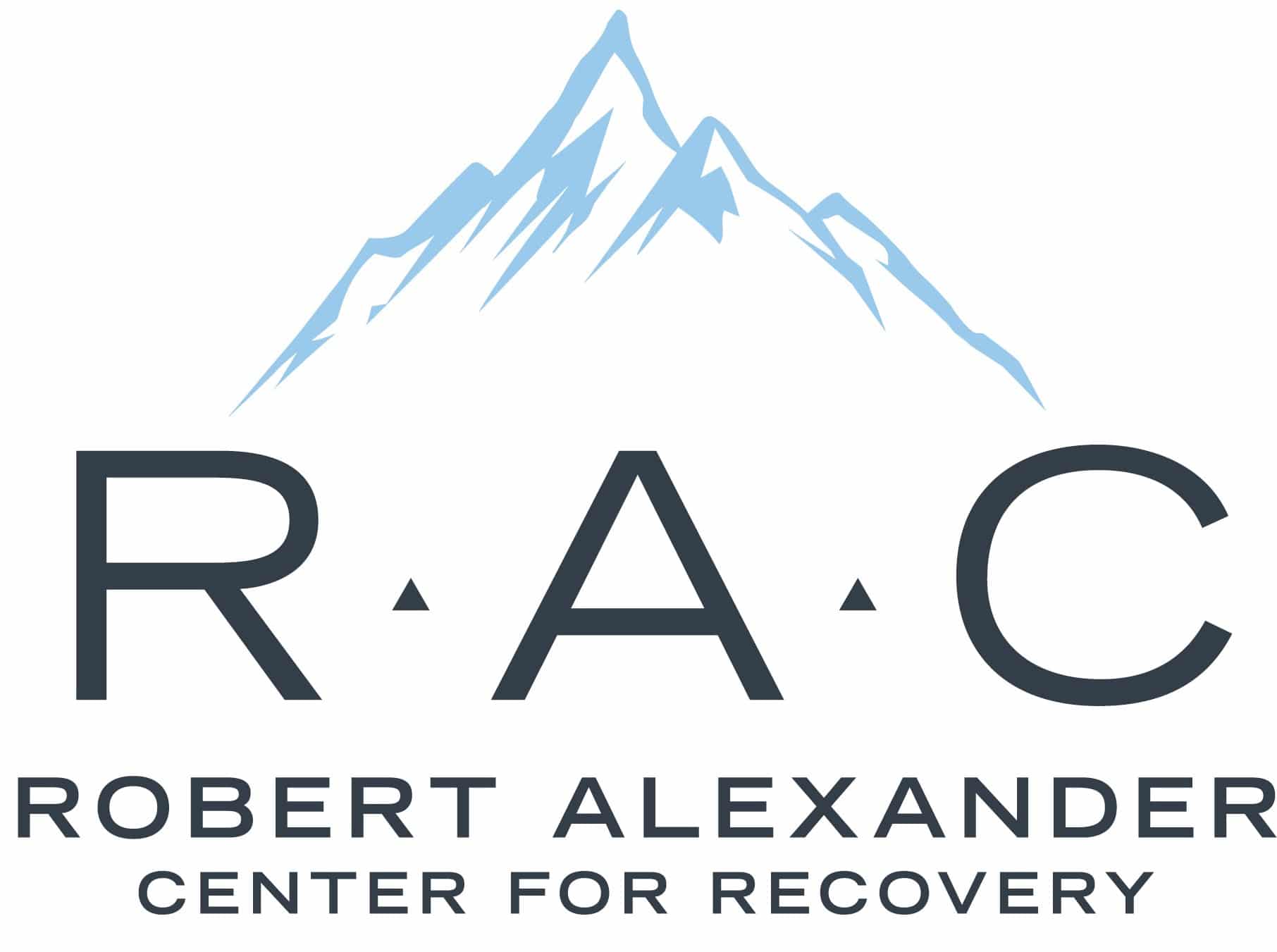The intricate world of drug classifications plays a pivotal role not only in healthcare but also in understanding and addressing substance abuse. As we explore the implications of drug classifications, it becomes essential to shine a spotlight on the most commonly abused substances. This comprehensive guide aims to delve into the classification, effects, and implications of drugs frequently abused, shedding light on the challenges they pose to both healthcare professionals and individuals seeking recovery.
Understanding Drug Classifications
Drug classifications serve as a systematic framework for organizing medications based on shared characteristics, such as chemical structure, therapeutic effects, and mechanisms of action.
In healthcare, this knowledge is foundational for treatment planning, anticipating potential interactions, and empowering patients through education. However, in the realm of substance abuse, it takes on an additional layer of significance as the understanding of commonly abused substances becomes paramount.
The Most Commonly Abused Substances
Opioids
Opioids, derived from the opium poppy plant or synthesized to mimic its effects, are among the most commonly abused substances. Classified as central nervous system depressants, opioids include prescription painkillers like oxycodone and morphine, as well as illicit substances such as heroin. Opioid abuse can lead to profound physical and psychological dependence, contributing to the opioid epidemic that has gripped many communities.
Stimulants
Stimulants, often abused for their euphoric effects and energy-boosting properties, comprise another category of commonly abused substances. This class includes prescription medications like Adderall and Ritalin, as well as illicit drugs like cocaine and methamphetamine. Stimulant abuse can result in heightened alertness, increased heart rate, and, in the long term, serious cardiovascular and mental health issues.
Depressants
Depressants, known for their calming and sedative effects, are substances that depress or slow down the central nervous system. This category includes prescription medications like benzodiazepines (e.g., Xanax, Valium) and barbiturates. When abused, depressants can lead to respiratory depression, drowsiness, and a heightened risk of overdose.
Hallucinogens
Hallucinogens, substances that alter perception, mood, and cognitive processes, are also commonly abused. This category encompasses substances like LSD, psilocybin (magic mushrooms), and phencyclidine (PCP). Hallucinogen abuse can result in unpredictable and sometimes dangerous effects, impacting both mental and emotional well-being.
Implications for Healthcare
Opioid Crisis
The abuse of opioids has led to a widespread public health crisis, commonly referred to as the opioid epidemic. The classification of opioids as central nervous system depressants underscores their potential for addiction and overdose. Healthcare professionals face the challenge of managing pain effectively while mitigating the risks associated with opioid prescriptions, emphasizing the need for alternative pain management strategies.
Stimulant-Related Disorders
Stimulant abuse poses significant challenges in healthcare, with the potential for stimulant-related disorders affecting both physical and mental health. The classification of stimulants as substances with a high potential for abuse highlights the importance of monitoring prescription use and addressing illicit stimulant use through comprehensive treatment approaches.
Risks Associated with Depressants
The classification of depressants as substances that slow down the central nervous system accentuates the risks associated with their abuse. Healthcare professionals must carefully manage prescriptions for depressants, monitor patients for signs of dependence, and navigate the challenges of withdrawal when discontinuing these medications.
Hallucinogenic Complications
While hallucinogens are generally considered to have a lower risk of physical dependence, their abuse can lead to unpredictable and potentially harmful effects on mental health. Healthcare providers must be equipped to address the unique challenges posed by hallucinogenic substances, including managing acute intoxication and supporting individuals experiencing adverse reactions.
Drug Classifications in Addiction Treatment
Opioid Agonists and Antagonists
In the context of drug and alcohol rehab facilities, specific drug classifications play a pivotal role in addiction treatment. Opioid agonists like methadone and buprenorphine, alongside opioid antagonists like naloxone, form the backbone of medication-assisted treatment (MAT) for opioid use disorder. This approach helps individuals manage withdrawal symptoms, reduce cravings, and prevent overdose, illustrating the importance of targeted drug classifications in addiction recovery.
Medications for Stimulant Use Disorder
While no FDA-approved medications specifically target stimulant use disorder, research is ongoing to identify effective pharmacological interventions. Currently, behavioral therapies play a significant role in addressing stimulant addiction in treatment settings. The classification of stimulants as commonly abused substances highlights the need for continued research and the development of targeted medications.
Benzodiazepine Tapering
For individuals struggling with benzodiazepine dependence, an approach known as tapering is often employed in addiction treatment. This involves gradually reducing the dosage under medical supervision to minimize withdrawal symptoms. The classification of benzodiazepines as depressants underscores the importance of specialized treatment strategies for individuals grappling with dependence on these medications.
Comprehensive Approach to Hallucinogen-Related Issues
While hallucinogens are less likely to result in physical dependence, their abuse can lead to persistent perceptual changes and psychological distress. In addiction treatment, a comprehensive approach includes therapy modalities that address the underlying issues contributing to hallucinogen abuse, promoting mental and emotional well-being.
The Challenge of Dual Diagnosis
A significant implication of drug classifications in addiction treatment lies in the prevalence of dual diagnosis, where individuals struggle with both substance use disorders and co-occurring mental health conditions. The intricate interplay between drug classifications and mental health medications requires a tailored and integrated approach to address the complexity of dual diagnosis effectively.
Contact Robert Alexander Center for Recovery Today
By understanding the unique characteristics and risks associated with these substances, healthcare providers can design targeted interventions and support individuals on their journey to lasting recovery. In the ever-evolving landscape of substance abuse treatment, the knowledge gleaned from drug classifications serves as a compass, guiding the way toward comprehensive and effective care.
If you or a loved one is currently navigating the intricate journey of addiction recovery, seeking assistance from professionals becomes paramount. The Robert Alexander Center for Recovery stands as a beacon of hope, offering comprehensive and personalized care to individuals striving for lasting recovery. Our experienced team is dedicated to addressing the unique challenges associated with substance use disorders, employing evidence-based practices and a holistic approach to support individuals on their path to wellness.

